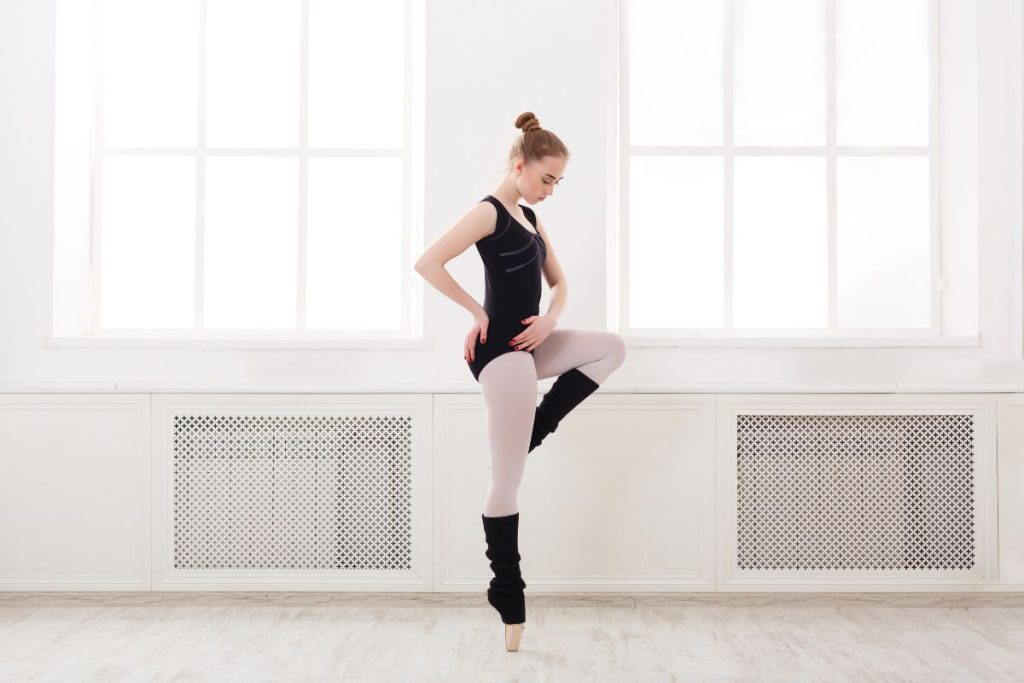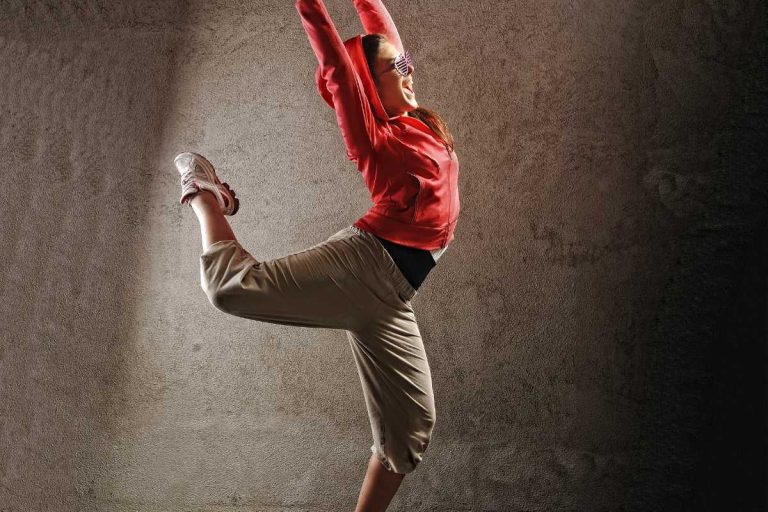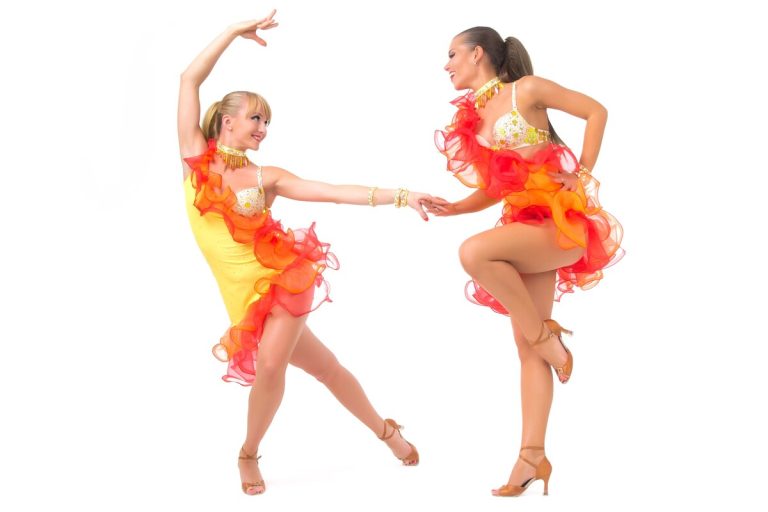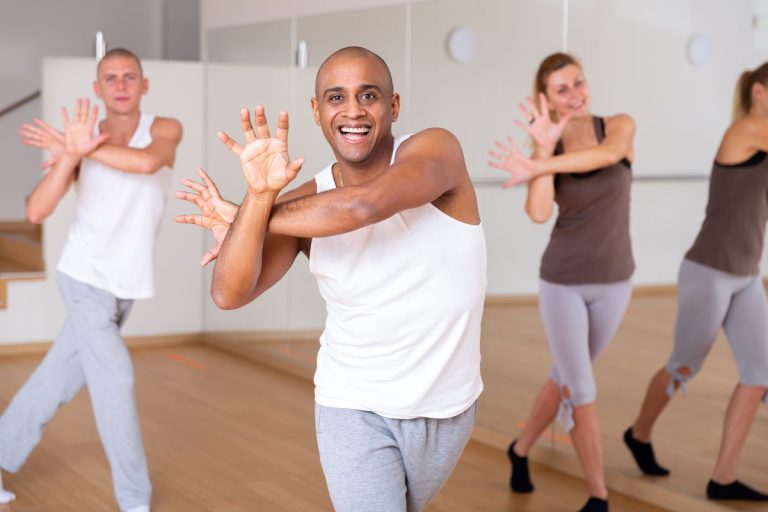Dance is a form of artistic expression that cuts over cultural barriers and enables people to express themselves through movement. Jazz dance distinguishes itself from many other dance forms for its lively, expressive, and energizing nature. The jazz pirouette is a dance maneuver that entertains spectators and tests dancers. An elegant spin on one foot, known as a pirouette, is frequently performed with deft arm movements and balletic posture. This essay will delve into the world of the jazz pirouette and provide helpful advice, methods, and ideas for dancers of all skill levels. Anyone can improve their technique and artistry by learning the jazz pirouette, from amateurs to seasoned performers.
Recognizing the Jazz Pirouette
The jazz pirouette combines ballet and jazz moves that combine the graceful spinning motion of ballet with the colorful, distinctive styling of jazz. It necessitates a solid core, exact balance, and a keen sense of body alignment. When performed correctly, a jazz pirouette gives the impression that the dancer is effortlessly flying and whirling over the stage.
Essential Steps for a Successful Jazz Pirouette
A Firm Foundation:
Building a solid foundation in fundamental dance movements is vital before mastering the jazz pirouette. The success of the pirouette will be significantly enhanced by developing core stability, bettering balance, and refining alignment.
Observing:
Spotting is an essential pirouette technique in various dance styles. It entails fixing the eyes on a designated spot and swiftly turning the head to re-focus on that place as the body rotates. Spotting reduces vertigo and aids in maintaining balance across several rotations.
Prepare for pirouetting:
It’s essential to set up properly before a pirouette. Start by bending your knees strongly to build tension, then push off with your back foot while pivoting your supporting foot to relevé (standing on the ball of your foot).
Arm Position:
Jazz pirouettes feature more expressive and fluid arm motions than typical ballet stances. Try out several arm stances to see which fit the dance’s mood best and contribute to the overall aesthetic.
Core Participation:
Any pirouette must have a solid core as its foundation. To maintain control and balance throughout the turn, contract your core muscles as soon as you begin preparing.
Control and balance:
It’s crucial to strike the correct balance between authority and restraint. Avoid overexerting yourself or making the turn too quickly because these actions can result in loss of balance and poor technique.
Progressive Advice for Various Skill Levels
For Newcomers
Beginners should concentrate on learning the jazz pirouette’s fundamental mechanics. Balance and correct alignment should be prioritized when you begin with single turns. Practice spotting and fine-tuning your arm movements to produce a controlled and fluid spin. Be patient with yourself as you develop the requisite strength and coordination, and remember that progress takes time.
For Advanced Dancers:
Dancers at the intermediate level can try out variations and several twists. Try to maintain graceful arm and leg positions while completing a set amount of rotations. To reduce vertigo, keep improving your spotting technique. An excellent tool for self-evaluation and pinpointing areas for development is videotaping your practice sessions.
For advanced dancers:
More experienced dancers might test themselves by performing complex arm and leg combinations during pirouettes. Examine several stylizations, including a kick before or after the turn, to give your distinctive flair to the move. Try turning on relevé passé for a more complex variation, which involves standing on the ball of the supporting leg with the other foot raised to the knee.
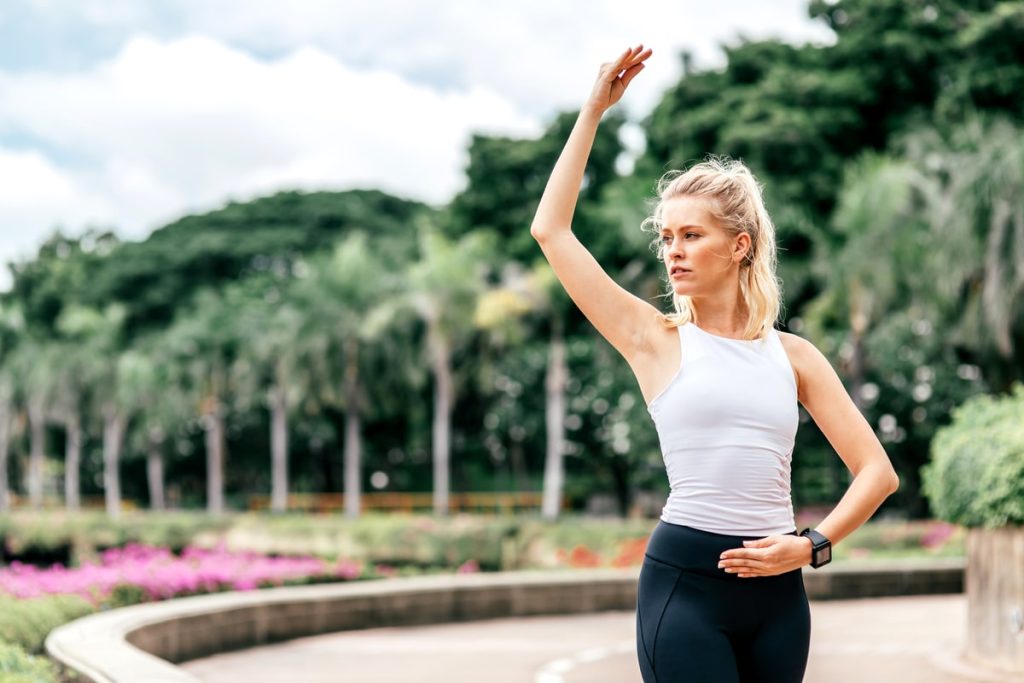
Advantages of Learning the Jazz Pirouette
1. Improved Technique:
Learning the jazz pirouette improves dance technique. Better execution of other dance routines results from emphasizing balance, alignment, and control.
2. Creative Expression:
The jazz pirouette allows dancers to display their artistic talent. Dancers may convey a story and arouse emotions through their performance, from the grace of their spins to the fluidity of their arm movements.
3. Confidence Boost:
Confidence can rise by performing a jazz pirouette flawlessly. The sense of fulfillment attained from mastering this move’s challenges carries over into all elements of dance and life.
4. Physical Conditioning:
In particular, the core, legs, and ankles must be physically strong to perform the jazz pirouette. Regular practice increases endurance, flexibility, and muscular tone, which enhances total physical fitness.
5. Mental Attention:
The jazz pirouette demands mental attention and concentration to master. This increased mindfulness of technique, timing, and body alignment can improve cognition and mindfulness.
6. Performance Appeal:
Jazz pirouette specialists make enthralling entertainers. Audiences are captured and left with a positive impression by the graceful movements and visually beautiful spins.
The jazz pirouette, in conclusion, is a mesmerizing dance move that combines ballet’s grace with jazz’s energy. When mastering this complex technique, there’s always an opportunity for growth and progress, regardless of how experienced you are as a dancer. Dancers can advance their abilities by concentrating on techniques like spotting, arm postures, core engagement, and balance. Beyond improving dance technique, learning the jazz pirouette fosters confidence, physical fitness, and creative expression. So, take the dance floor with vigor, work on your pirouettes, and watch as you spin your way into your audience’s hearts, one at a time.

